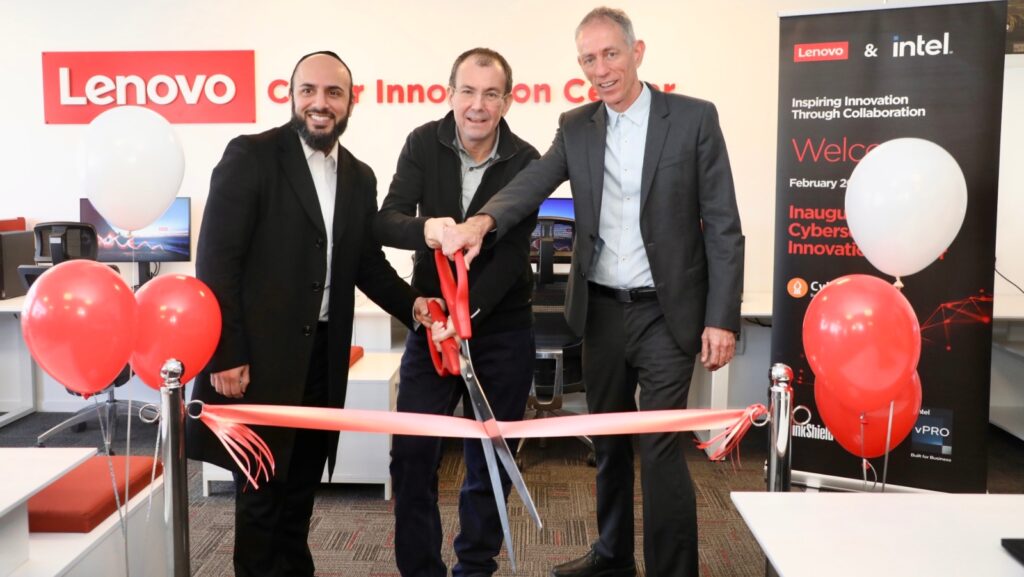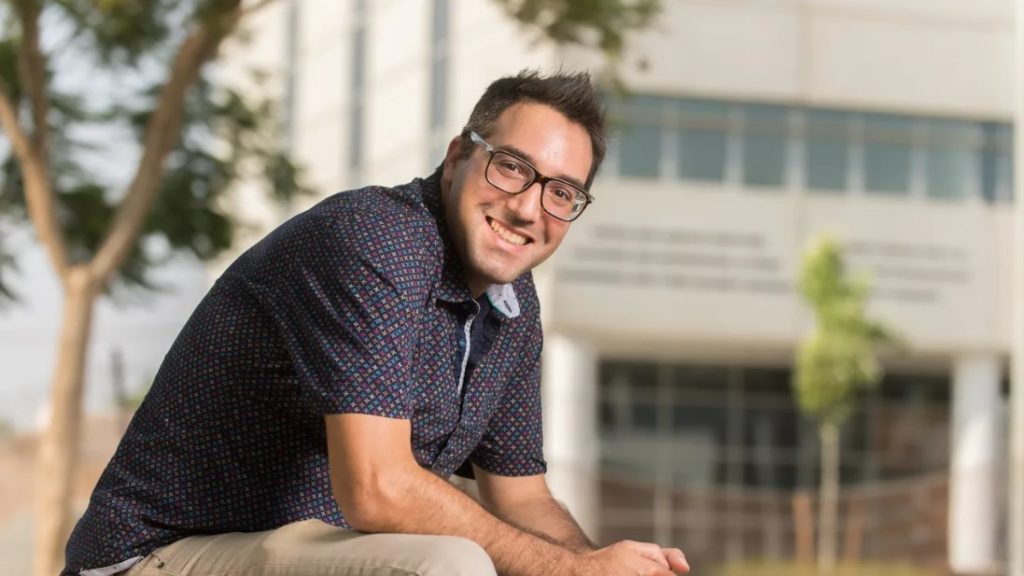
After Japan Quake, Jordanians, Israelis Link Hands
After Japan Quake, Jordanians, Israelis Link Hands
March 21, 2011
The Jerusalem Post — Although Jordan and Israel have long had their differences, even after signing a peace agreement, the mutual threat of earthquakes rooted in the shaky Syrian-African Rift between them inspires cooperation that is also promoted by the sight of destruction from Japan’s quake.
A joint Israeli-Jordanian training exercise simulating regional preparedness for an earthquake and the potential for cooperation between the two nations was held in the Arava last week and unified nearly 200 people. They created a camp for “internally displaced persons” in Timna under the organization of Magen David Adom (MDA) and the Jordanian Red Crescent (JRC).
 At the unusual event were trained professionals that included academic faculty and students at Ben-Gurion University of the Negev in Beer-Sheva.
At the unusual event were trained professionals that included academic faculty and students at Ben-Gurion University of the Negev in Beer-Sheva.
“Watching members of the JRC build a tent with two BGU students as if they had been working together forever gave me a huge feeling of satisfaction,” said Dr. Bruria Adini, a member of the university’s department of emergency medicine and one of the planners of the event. “There was this incredible energy as both the Israelis and Jordanians found their common language and worked together.
The cooperation was real and not just something we had talked about.”
The exercise occurred during the fourth conference of the Development and Strategy Forum (DSF), comprised of key officials from MDA, JRC and BGU; the forum, which serves as a platform for regional cooperation, was held in the presence of members of the International Committee of the Red Cross and the European Union, who have supported the cooperative initiative since it was founded some two years ago.
“It is not by chance we are here close to the sister cities of Aqaba and Eilat,” explained Dr. Dagan Schwartz, a member of BGU’s emergency medicine department and a former MDA assistant medical director. “Their proximity means that rescue teams are going to have to work together if we are to respond as quickly and as professionally as possible should such an event really occur.”
Planned long before Japan’s horrendous earthquake hit less than a week earlier, the organizers of the workshop used the coincidence to reinforce the relevance and importance of the exercise.
H.E. Dr. Muhammad el- Hadid, president of the JRC and past chairman of the Standing Commission of the International Red Cross who has been involved in promoting the cooperation between the two societies, compared the situation in Japan to that of Haiti, noting that “we can see the difference when a country is prepared.”
What would have happened, he asked, if a disaster of this magnitude had occurred in a country “where the culture of preparedness is not as embedded as in Japan?” Hadid expressed his worry about the future, explaining that the extremes of climate change had led to an increase in natural disasters.
Last year, there were 950 recorded natural disasters with 300,000 people killed, a significant increase over the recorded annual average of 785 natural disasters, not including armed conflicts, he said, adding that the increase in demand is being compounded by a worldwide shortage of funding for disaster relief.
He praised the DSF initiative and BGU’s role in creating it.
“The seed that was planted here by Ben-Gurion University is growing into a tree that will provide the shade for us to sit under and which will protect us in the future,” he said.
MDA director-general Eli Bin echoed Hadid’s remarks and said that personal relationships will make the difference when disaster does strike.
“Today’s training event is critical and reflects our long-time association and partnership with the Red Crescent. Working together helps us advance our joint agenda and build the basis for lasting peace in the region.”
BGU is the only Israeli university awarding academic degrees in emergency medicine. It is home to Prepared, the Center for Emergency Response Research, headed by Dr. Limor Aharonson-Daniel.



